TBT: Super Awesome People™ in History.
The first Bessie I read about was famed aviator Bessie Coleman. Then I discovered motorcyclist Bessie Stringfield and blues singer Bessie Smith. “Bessie” is most often a diminutive of “Elizabeth”, and as a given name, it reached peak popularity in the late 19th century. As it turns out, there are quite a few extraordinary Bessies in American history—women who trailblazed, pioneered, and left their mark on the early 20th century. Here are just a few of them.
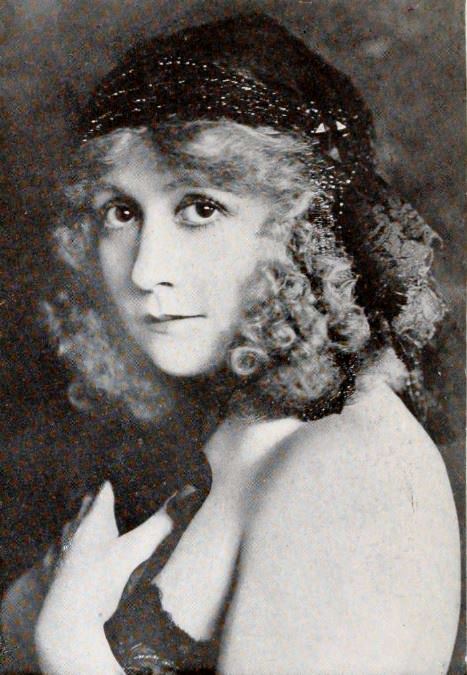
Bessie Barriscale 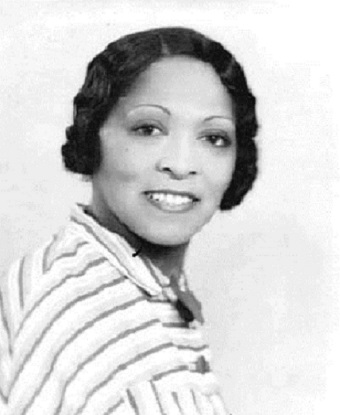
Bessie Bruington Burke 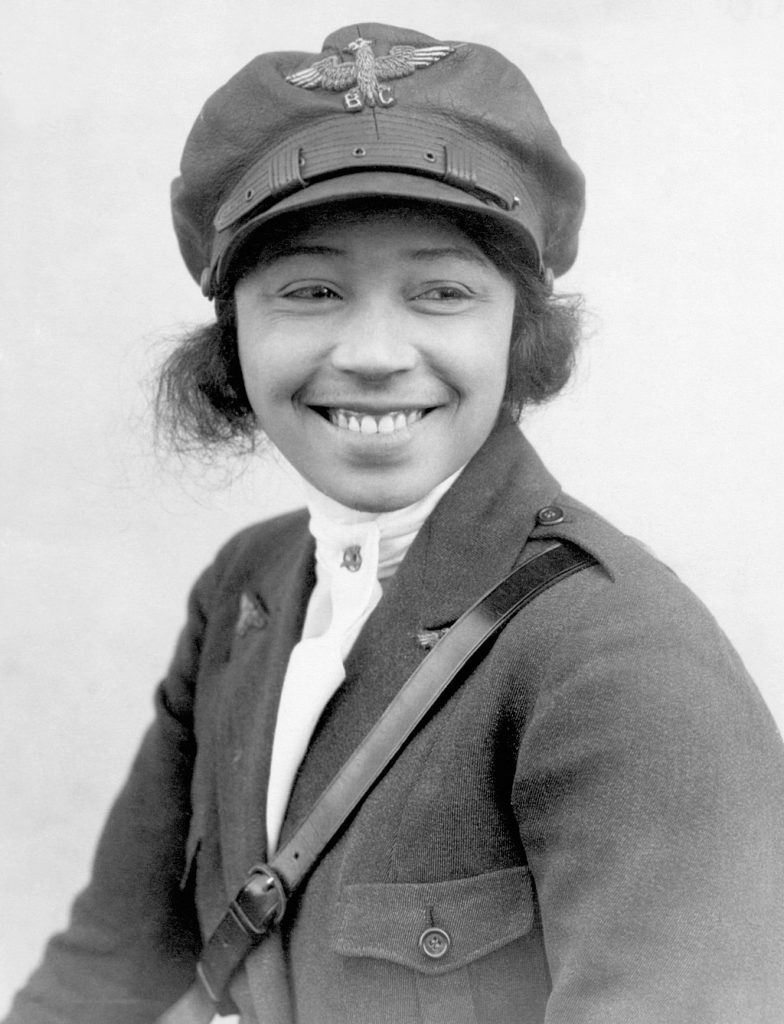
Bessie Coleman 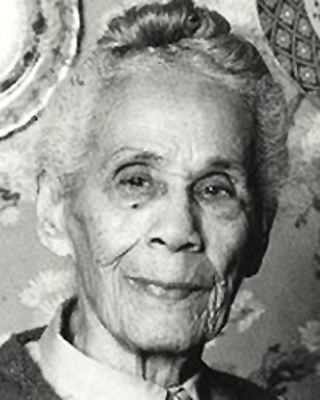
“Bessie” Delany
Silent Film Star Bessie Barriscale (1884–1965)
Bessie Barriscale was born Elizabeth Barry Scale in Hoboken, New Jersey. She began acting on the New York stage at a young age and joined the New York Motion Picture Company in 1913. She started her own silent film production company in 1917, The Bessie Barriscale Feature Company (also known as B. B. Features and B. B. Productions), in order to have more creative control over her film career. She abandoned ingenue roles in favor of more mature roles and acted alongside her husband, actor Howard Hickman, who also directed several of their films together. Although her films were silent, Barriscale always talked when she performed and she was known as the “noisiest actress in the ‘speechless drama’.” She largely retired from the screen in 1921 after appearing in more than 50 films. She made a few additional film appearances in the late ’20s and early ’30s and continued a long career on stage performing with her husband. In 1960, Barriscale was awarded a star on the Hollywood Walk of Fame.
Read more about Bessie Barriscale on IMDB, at Bizarre Los Angeles, and at the Women Film Pioneers Project.
Teacher and Principal Bessie Bruington Burke (1891-1968)
Bessie Bruington Burke’s parents were (literal) pioneers who headed west from Kansas in a covered wagon and settled in what is now North Hollywood, California. Burke was born and raised in Los Angeles and graduated from the Teachers’ College of the Los Angeles State Normal School, which is now part of U.C.L.A., with a bachelor’s and master’s degree. She was the first Black teacher appointed in the Los Angeles City Schools. She first taught at Holmes Elementary School before becoming its principal in 1918, making her the first Black principal in Los Angeles. When she transferred to the Nevin Avenue School in 1938, she became the first Black principal to head a racially integrated school in the United States. She served as an educator and administrator for more than 40 years, participated in several civic organizations, and received accolades as a distinguished humanitarian. She was also honored as Zeta Phi Beta’s Outstanding Los Angeles Woman of 1939.
Read more about Bessie Bruington Burke at the National Park Service, in The Official Negro Directory (1942-1943), and at Inspiring People in Black Bruin History.
Aviator Bessie Coleman (1892-1926)
Trailblazing aviator Bessie Coleman was the first Black woman and the first Native American to earn an aviation pilot’s license. Because there were no opportunities for women or people of color to get licensed in the United States, Coleman went to flight school in France and earned her pilot’s license at the Fédération Aéronautique Internationale on June 15, 1921. She returned to America and began working as a “barnstorming” stunt pilot in 1922 by performing daring arial tricks for paying audiences. She usually flew in a “Jenny” biplane, and her notable tricks included loop-the-loops, barrel rolls, and walking on the wings while aloft. Her skill and daring earned her the nicknames “Brave Bessie” and “Queen Bess”, and she was popular with Black and racially mixed audiences (she refused to perform in white-only venues). Coleman suffered her first major plane crash in 1923, and during her recovery, she spent time lecturing and encouraged women and African Americans to become pilots. One of her dreams was to establish the first African American flight school, but she died in a tragic plane accident in 1926 at the age of 34. Her funeral services were led by activist Ida B. Wells and attended by 10,000 mourners. In 1929, the Bessie Coleman Aero Club was founded by Lieutenant William J. Powell to honor Coleman’s legacy and promote Black aviation.
Read more about Bessie Coleman at the National Women’s History Museum, in NASA’s book of essays Realizing the Dream of Flight, in the New York Times, and at the Official Website of Bessie Coleman.
Dentist and Civil Rights Pioneer Annie Elizabeth “Bessie” Delany (1891–1995)
Annie Elizabeth “Bessie” Delany was born in 1891 as one of ten children and the daughter of Henry Beard Delaney, a former slave who became the United States’ first black bishop of the Episcopal Church. Bessie Delaney graduated from the Columbia School of Dental and Oral Surgery and became the second Black female dentist licensed in New York. She shared a dental office with her brother, Dr. H. B. Delany, Jr., and also worked as a civil rights organizer. Bessie Delany and her older sister, Sarah, became most famous when the reclusive centenarians were contacted by author Amy Hill Hearth who wanted to write about the lives of “Two ‘Maiden Ladies’ with Century-Old Stories to Tell“. Hearth’s 1991 New York Times article inspired the biography, Having Our Say: The Delany Sisters’ First 100 Years, compiled by Hearth and containing the oral history of Bessie and Sadie Delany (with all three credited as authors). The book was enormously popular and appeared on the New York Times bestseller lists for 105 weeks and sold more than five million copies. In 1995, the book was adapted into a Broadway play, and it became a CBS television film in 1999 with stars Diahann Carroll, Ruby Dee, and Audra McDonald. Bessie Delany died in 1995 at the age of 104.
Read more about Bessie Delany in the New York Times (here and here), Women in Medicine Magazine, NY Community Trust, and at Encyclopedia.com (here and here). Learn more about Having Our Say at Spark Notes and AmyHillHearth.com.
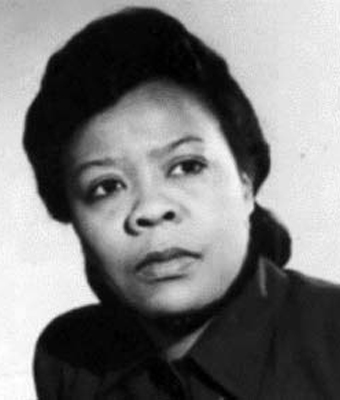
Bessie Blount Griffin 
Bessie Smith 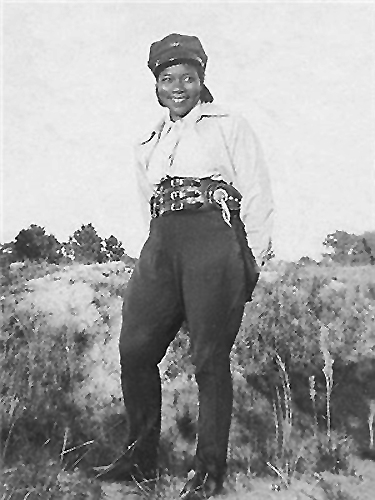
Bessie Stringfield 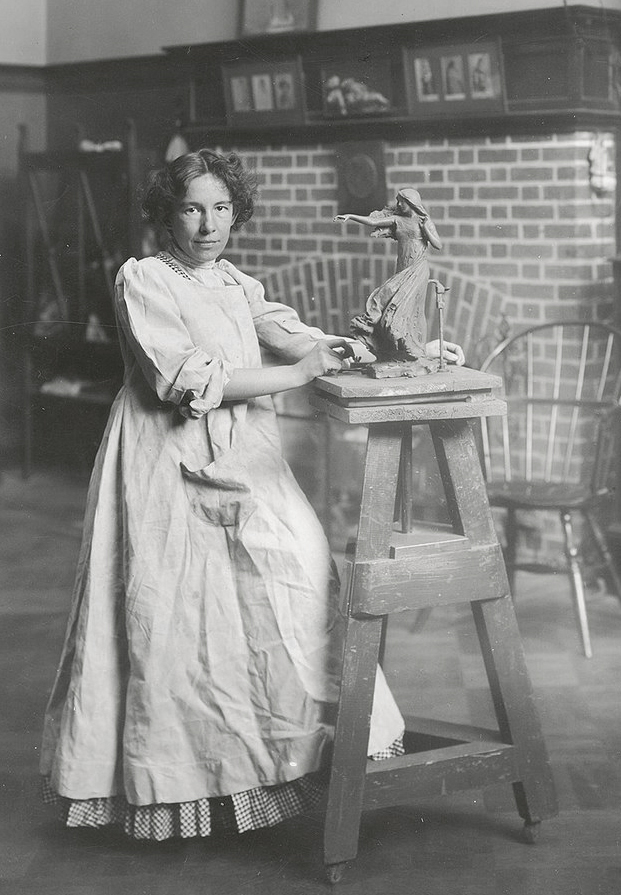
Bessie Potter Vonnoh
Inventor, Physical Therapist, and Forensic Scientist Bessie Blount Griffin (1914-2009)
Bessie Blount was remarkable from a young age. When she was punished for writing with her left hand in school, she taught herself to write with both hands—as well as by holding a pencil with her teeth and feet. Her Virginian community had no educational resources for Black children after sixth grade, so Blount taught herself until she earned her GED. She then moved to New Jersey and obtained her nursing degree and trained at Panzer College of Physical Education and Hygiene to become a physical therapist. Following World War II, she treated veterans who had lost limbs as a result of combat wounds, and she taught them to write with their teeth and feet. She invented several assistive devices, including an electric self-feeding apparatus, a portable receptacle support, and the emesis basin. Her experience helping patients learn to write again spurred an interest in handwriting analysis, and in the late 1960s she began working as a forensic handwriting analyst with police departments in Virginia and New Jersey. She detected forged documents, served as a courtroom expert, made breakthroughs in medical graphology research, and began a private practice as a consultant to law enforcement and law firms.
Read more about Bessie Blount Griffin in the New York Times, at Black Past, at America Comes Alive!, at Wednesday’s Women with Sandy Levins, and at Virginia Changemakers.
Blues Singer Bessie Smith (1894-1937)
The “Empress of the Blues”, singer Bessie Smith (born Elizabeth Smith), had a “wretched childhood” in Chattanooga, Tennessee. She was orphaned by age nine, and lived in poverty while being raised by her older sister, Viola. She started singing and dancing on street corners for spare change (accompanied by her brother Andrew on the guitar), and in 1912 she joined her brother Clarence in a traveling vaudeville troupe where she was hired as a dancer in a company that also included blues singer Ma Rainey. In 1913, Smith began developing an act that included songs, dances, jokes, and sketches, and her solo act gained a following in the rural South and along the East Coast. In 1923, she signed with Columbia Records, and her first single, “Downhearted Blues”, was an immediate success that sold 800,000 copies and launched Smith to instant stardom. During her short but substantive career, Smith recorded more than 150 songs, sold millions of records, and collaborated with famed musicians like Fletcher Henderson, James P. Johnson, and a young Louis Armstrong. Bessie Smith died in 1937 of injuries sustained in a car accident at age 43 after only a decade as a recording artist, but her influence on subsequent generations of musicians has been significant. She was inducted into the Rock & Roll Hall of Fame in 1989.
Read more about Bessie Smith on NPR (here and here), in the New York Times, at Biography.com, in History vs Hollywood, and at U Discover Music.
Motorcyclist Bessie Stringfield (1911–1993)
Bessie Stringfield was known as the “Motorcycle Queen of Miami”, and in 1930 at the age of 19, she became the first Black woman to ride a motorcycle solo across the United States—and she did it eight times. During the Jim Crow era, whenever she passed through parts of the country where Black people weren’t welcomed at motels, she slept on her bike or stayed with Black families along the route. As a woman of color, Stringfield wasn’t welcomed within much of motorcycle culture either as the American Motorcycle Association didn’t start admitting Black members until the 1950s (Stringfield was inducted into their Hall of Fame in 2002). During World War II, she became a U.S. Army motorcycle dispatch rider. Later, she settled in Miami, Florida where she became a licensed practical nurse and founded the Iron Horse Motorcycle Club. Over 60 years, Stringfield road about a million miles total on 27 Harley-Davidson bikes and her first motorcycle—a 1928 Indian Scout. She kept riding to church well into her 70s, and she road up until her death in 1993 at age 82.
Read more about Bessie Stringfield in Vice, at Iron & Air Magazine, the National Motorcycle Museum, the Miami Herald, Ride Apart, and at BessieStringfieldBook.com.
Sculptor Bessie Potter Vonnoh (1872–1955)
Bessie Onahotema Potter decided at an early age that she wanted to be a sculptor, and she enrolled in classes at the Art Institute of Chicago at the age of 14. She worked as a studio assistant to the sculptor Lorado Taft and was one of the “White Rabbit” female sculptors he hired to help complete a commission for the 1893 World’s Columbian Exhibition in Chicago. In 1894, Potter established her own Chicago studio, and in 1899, she married impressionist painter Robert Vonnoh and they moved to New York. The couple frequently exhibited together, although Bessie Vonnoh also had solo exhibits at the Corcoram Gallery of Art in Washington, D.C., and at the Brooklyn Institute of Arts and Sciences. Bessie Vonnoh’s best-known sculptures were small-scale “representations of motherhood in which intimate mood and impressionistic handling of form take precedence over close physical description”. In 1921, she became the first woman sculptor named an “academician” of the National Academy of Design. Vonnoh’s best-known large-scale sculpture is the Burnett Memorial Fountain installed in 1936 in Central Park.
Read more about Bessie Potter Vonnoh in the New York Times, in the Encyclopedia Britannica, at the National Museum of Women in the Arts, at the MET Museum, and in the catalogue of American Sculpture in the Metropolitan Museum of Art.